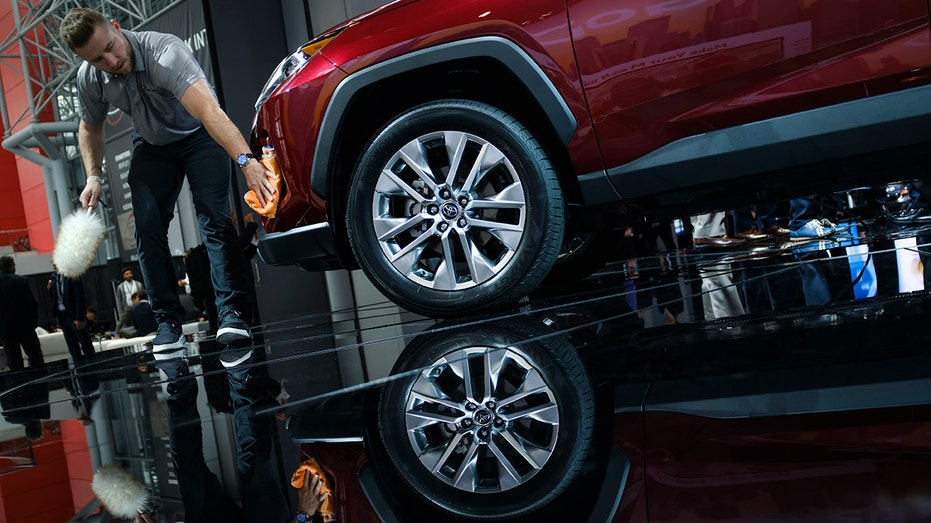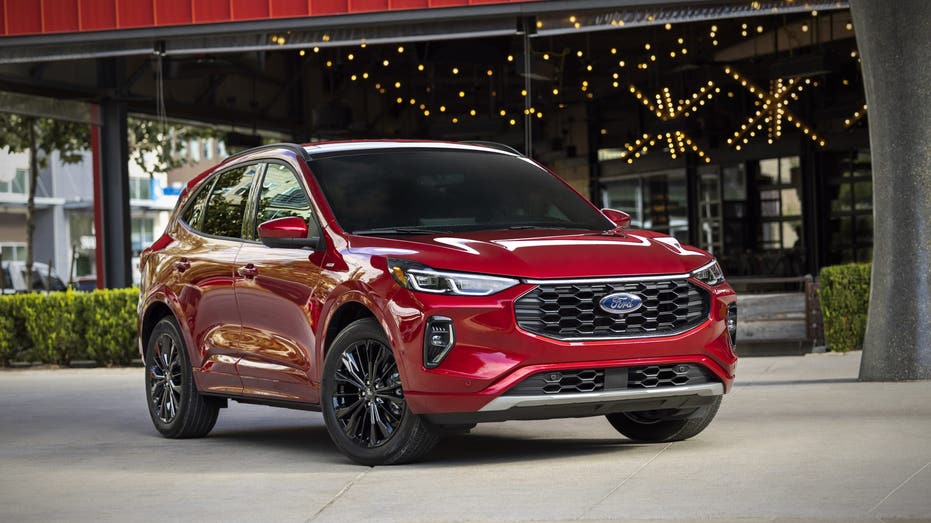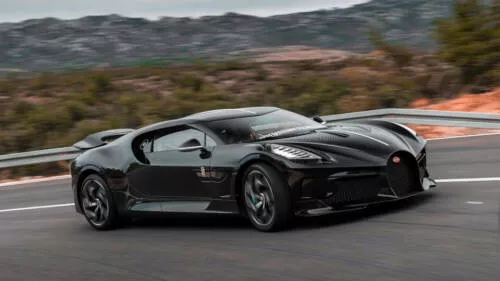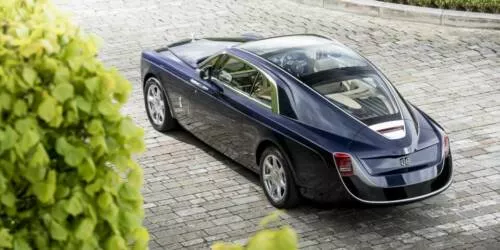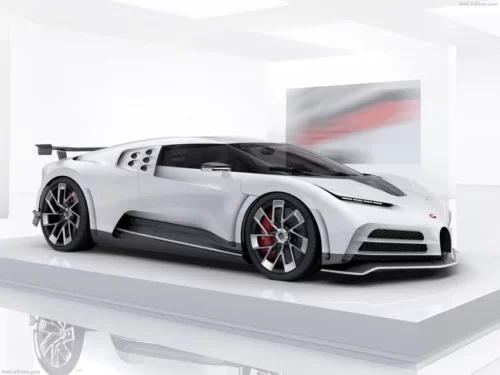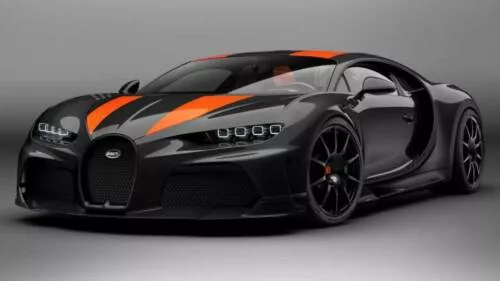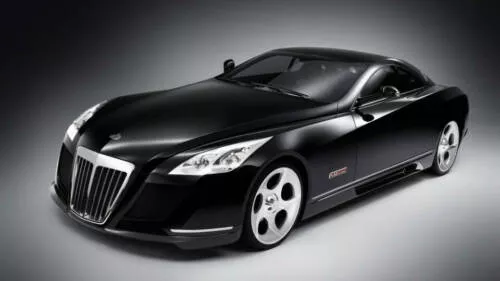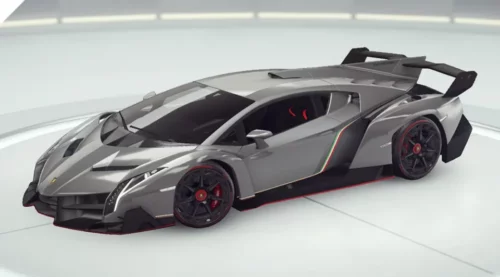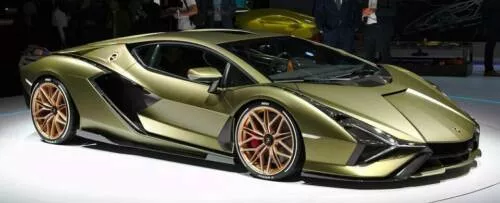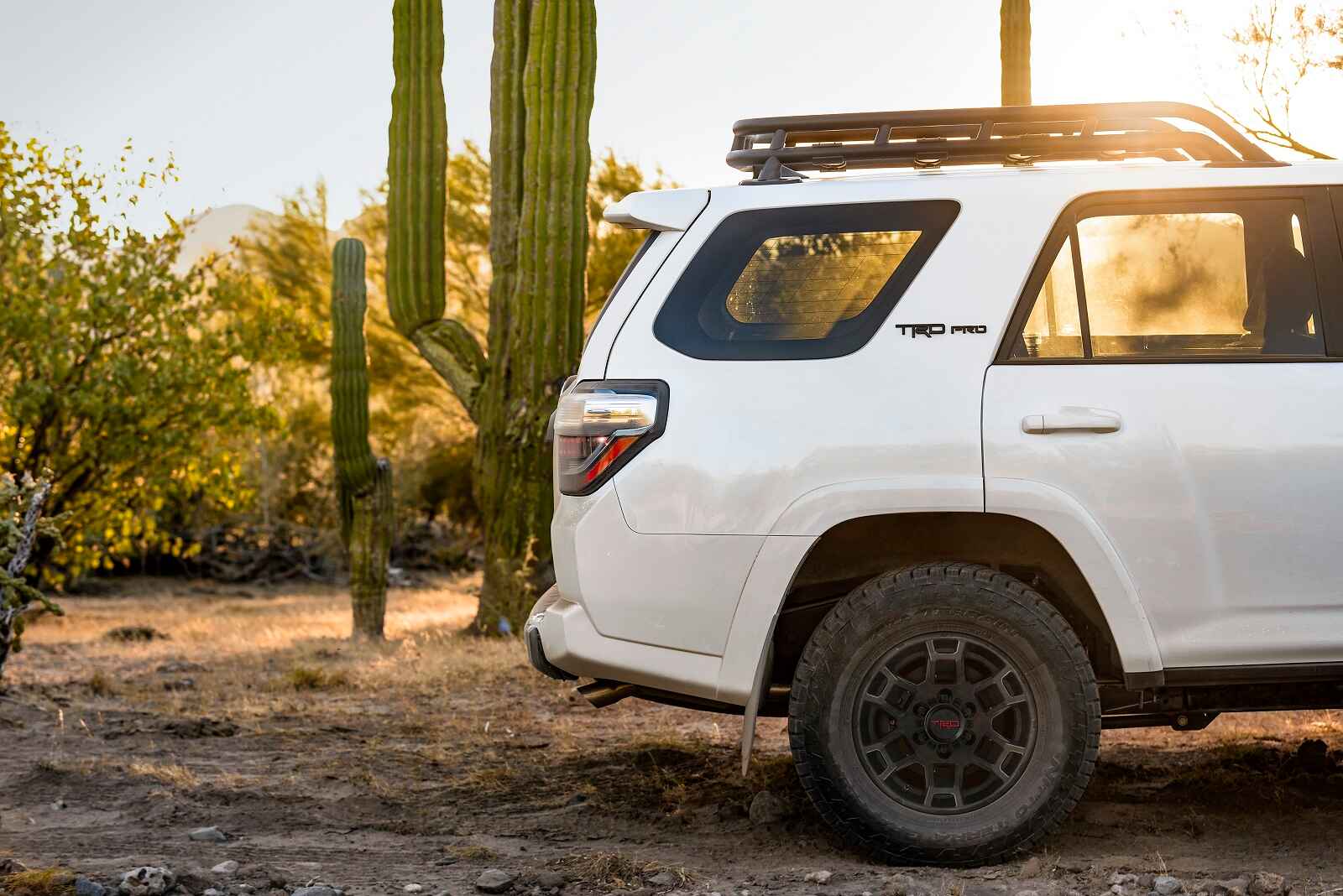The Tesla Model S is a true high-mileage EV hero, and we’ve seen countless examples going strong even after driving hundreds of thousands of miles. However, most of these high-mileage Model S sedans go through several battery packs throughout their lives, so seeing one that covered over 400,000 miles before it needed a new battery is impressive.
The Fully Charged Show tells the story of Nigel Raynard from Australia, who covers around 350 miles daily and drove his 2018 Tesla Model S on its original battery pack until it reached about 413,000 miles. He says that he decided to try to get the battery changed after the car started giving error messages, and it no longer provided full power when the state of charge dropped to a certain point (when the car had about 30 miles of range left, according to the owner).
The Tesla Model S makes for a great taxi
Throughout Europe, you will see Tesla Model S sedans used as taxis and many of them have covered hundreds of thousands of miles some on their original battery pack
He notes that the car still drove fine with its original battery, but he wanted to take advantage of the eight-year unlimited-mile Tesla battery warranty that still covered his Model S. Speaking to Tesla, he was told that it was eligible to receive a refurbished battery, but they installed a brand new (and bigger) 90-kilowatt-hour pack. The owner doesn’t say in the video, but the car’s original battery was probably the 75 kWh pack.
Perhaps more impressive about this particular case is that Nigel says he regularly DC fast-charges his car, although he also has home charging. He says he also frequently charged it to 100% and then ran it until a very low state of charge, which is known to affect the longevity of EV battery packs, although in this case, it didn’t seem to make much of a difference.
Getting over 400,000 miles out of one battery pack seems consistent (even a bit above average) with the other high-mileage Tesla Model S sedans we’ve covered. The highest-mileage Model S in existence, a 2014 P85, has done over 1.24 million miles, and it’s now on its fourth battery pack, so it’s gotten about 300,000 miles out of each pack.

